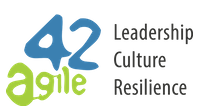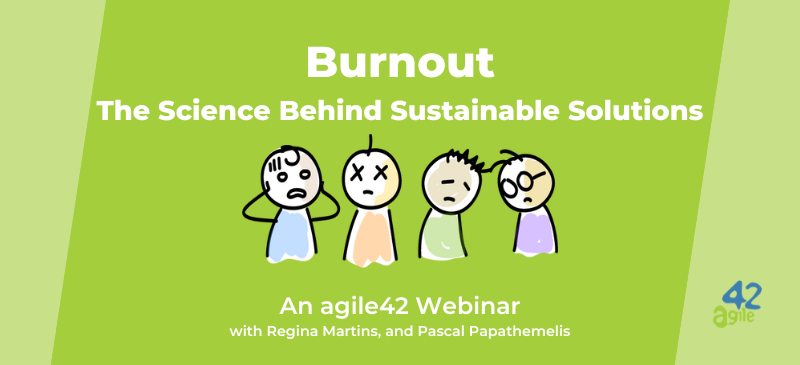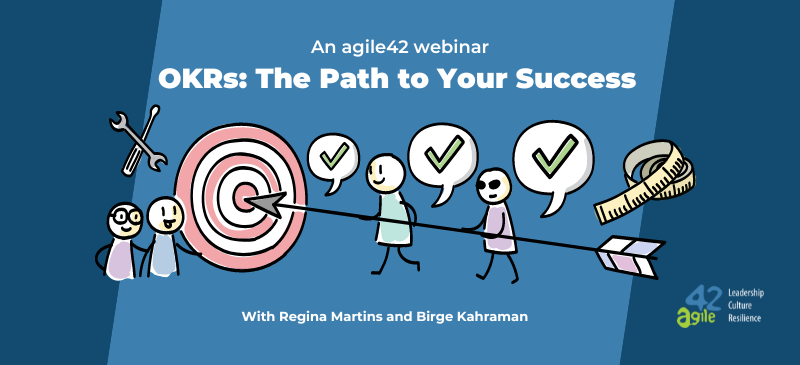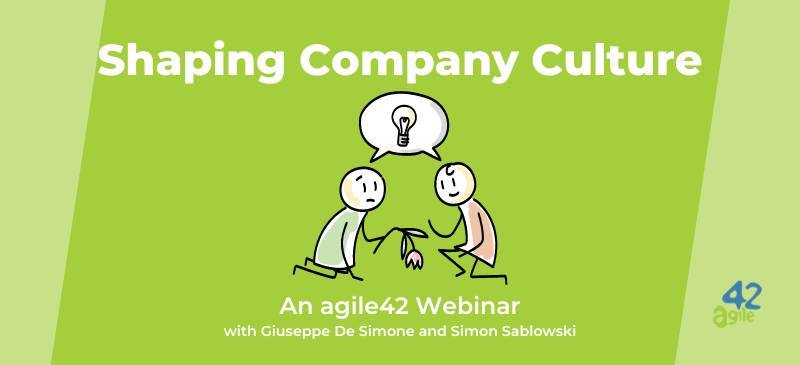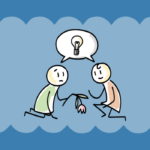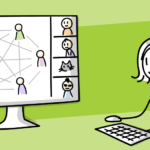Webinar | Burnout: The Science Behind Sustainable Solutions
Every year, as we approach the year-end, our coaches find themselves having more conversations about burnout. It’s a concept we’ve been hearing about for decades, so why is it still such a big problem?
In this webinar, Regina Martins and Pascal Papathemelis tackle this concept. They share their personal experiences to cover why burnout happens and how we can spot the signs in both ourselves and others. They also explore some long-term sustainable solutions to this problem, and the roles that coaches and leaders in organizations play to prevent burnout from happening in the first place.
Watch now | Burnout: The Science Behind Sustainable Solutions
Regina Martins is an Agile coach who comes from a corporate background. She helps teams across organizational hierarchies to communicate better. As a Radical Collaborator, she helps people get rid of defensiveness to collaborate better with each other and teams.
Pascal Papathemelis is an Agile coach based in the Nordic region with a strong focus on people and using practical approaches to deliver value. He aims to help organizations and individuals grow sustainably.
Together, they share their personal experiences with burnout and what they have learned along the way.
Five Key Takeaways from the Webinar
Every Story of Burnout is Different
Burnout is a syndrome resulting from chronic, work-related stress. Towards the end of the year, people become fatigued, and often a last push is required. Although burnout is more common at this time of year, it can happen at any time. The causes also vary depending on individuals, their teams, their organizations, and how they interact with one another. Both Pascal Papathemelis and Regina Martins use their personal stories to illustrate this point.
Papathemelis explains how he experienced a strained relationship between a manager and a team member. The team member’s initiatives were rejected and he was even humiliated by his manager in front of his team. As a result of this bad relationship, his motivation declined. He also began to feel alienated, disconnected, and distant from both his work and his team. These feelings seeped into his life outside of work as he battled with sleep. Eventually, he quit.
Martins also shares her own story of a very successful and well-liked solutions architect that she previously worked with. Being a highly skilled individual, he was promoted to a leadership position. However, he did not get any support when taking on this new role. He lacked certain skills and this soon became apparent as he battled to delegate, set boundaries, and say no to requests. He soon became distant and started to close in on himself. After six months in his new role, he took a three-month sabbatical. Upon returning to work, he was no longer a leader of the architect and went back to his original role. The architect opened up about his situation, saying that he did not need to be a leader or a manager to achieve his goals. This was an eye-opening experience for Martins. “It’s about being comfortable and happy within yourself”, she explains, “and thinking about your health and wellness.”
There are Different Causes and Signs of Burnout
The most typical symptom is exhaustion and this can impact people’s work. There are a lot of causes that can lead to us feeling tired, and signs to look out for in people and teams.
Although “busyness” has become glorified in recent times, it is something that we need to watch in the workplace. People that are chronically busy are at risk of burnout, especially if this is a recurring pattern. “ Let’s talk about outcomes,” suggests Martins. “Having those goals is very important to ensure that people, your team members, and yourself are not running around being busy, but rather working towards your goals.”
“Firefighting” in the workplace can also cause burnout. Firefighting is a chaotic state when there are always unexpected problems with temporary solutions. What happens in these situations is that teams end up spending a lot of time “putting out fires.” For example, your team could be dealing with unmanaged technical debt or production issues. If this state persists, then something will eventually break. Martins goes on to share, “I coached at an organization where they were fighting so many fires that teams were not able to work on new work or add features. And what happened is that in three months, they lost about 15 people.”
It is also important to keep an eye on patterns of attendance. If people are always late to meetings or are always calling in sick, then this could be a sign that people are veering towards burnout or have already reached this point. We know that observing and picking up certain cues can be even more challenging in a remote environment. To find out more about how to make a hybrid or remote work environment more productive and enjoyable, read our 42 expert tips for hybrid and remote work.

Understanding Behavior in the Workplace is Important
Every case of burnout is different just as every person is different. One model that helps us to better understand how people behave and what their needs are is David Rock’s SCARF model. SCARF stands for Status, Certainty, Autonomy, Relatedness, and Fairness.
In the story that Papathemelis mentioned, that particular team member was not recognized by his manager and as a result, he lost status, autonomy, and relatedness to his team. However, in some cases, people are less concerned about their status. For instance, in Martins’s story, the architect was more concerned about his work than having a managerial role. Every person is different, and the SCARF model is a good starting point to help us understand people’s behaviors and motives.
Leaders and Coaches Play a Big Role in Preventing Burnout
As a coach, you work with a system and keep an eye on what is happening in the organization. If you notice potential problems within a team or organization, start challenging people and ask powerful questions with curiosity. “Quite often, people just need to be listened to,” explains Martins. When this is the case, stay in a coaching stance so that you can really connect and listen to your team members, rather than advising. However, it’s also important to remember that a coach is not a therapist or a psychologist. If it’s a serious problem, then you need to refer them to the right healthcare professional or a wellness program.
Recommended e-learning: Agile Coaching foundations
Leaders have a great influence over the culture and values of an organization. They need to empower people and create a safe environment. Pascal goes on to talk about the importance of servant leadership. “Servant leaders should have a healing aspect so that leaders are approachable and people trust them when they are experiencing problems,” he says. Servant leadership also creates a feeling of community so that people can find connections to others in the organization. Teams should create a sense of belonging. Good teams can openly talk about challenges, exchange ideas, and release any pressure from their workload if they feel that it is needed. Pascal stresses the importance of psychological safety in teams, which is outlined in Timothy Clark’s book: The 4 Stages of Psychological Safety: Defining the Path to Inclusion and Innovation. These stages include belonging to a team, being part of asking questions, being able to bring on your ideas, and challenging other ideas as well as sharing your challenges.
Self Awareness is Key
Sometimes it’s harder to spot burnout in ourselves than in others. To be able to spot these signs in ourselves, we need to be self-aware. There are some great tools to help us with this like journaling, to help us keep track of our feelings and actions.
An often overlooked factor that might cause stress is a lack of motivation. Many things affect motivation like how regularly we feel successful and safe, as well as the contributions that we make. We need to be aware of our own goals and what makes us feel fulfilled in the workplace. Once we have mapped this out for ourselves, it can help us to feel happier in the workplace and less likely to burn out.
